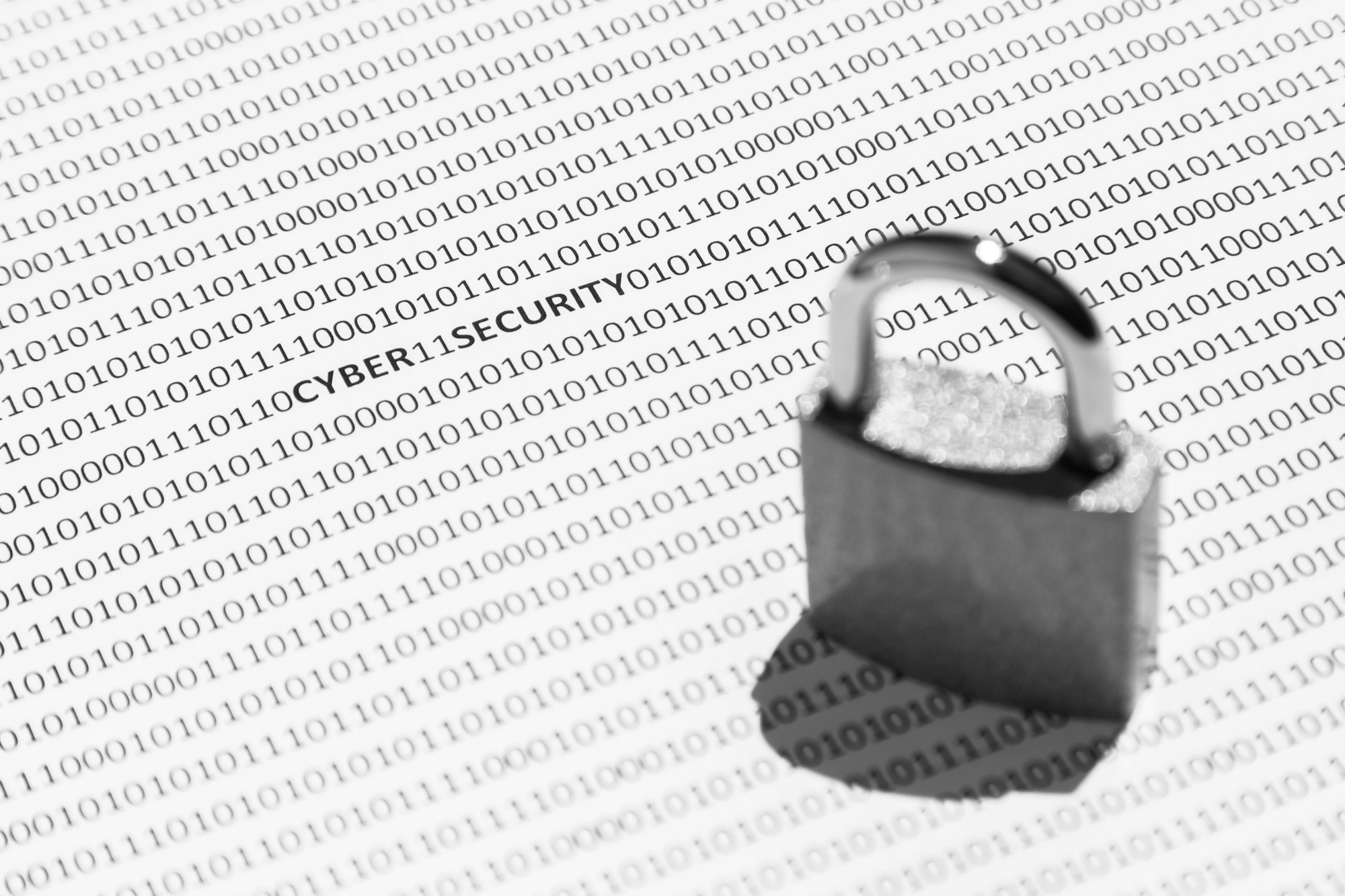In today’s digital age, cybersecurity is a critical concern for businesses of all sizes. However, small businesses often face unique challenges due to limited resources and expertise. At M3CA Studio, we understand these challenges and are committed to helping small businesses protect their valuable assets from cyber threats. In this blog post, we’ll explore essential cybersecurity best practices that can help safeguard your business.

1. Implement Strong Password Policies
Passwords are the first line of defense against unauthorised access. Weak passwords can easily be exploited by cybercriminals, leading to data breaches and other security incidents.
Best Practices:
- Use Complex Passwords: Encourage the use of long passwords (at least 12 characters) with a mix of uppercase and lowercase letters, numbers, and special characters.
- Change Passwords Regularly: Implement a policy for regular password changes, at least every 90 days.
- Avoid Password Reuse: Ensure that passwords are unique across different accounts and systems.
- Enable Multi-Factor Authentication (MFA): Add an extra layer of security by requiring additional verification steps, such as a one-time code sent to a mobile device.
2. Keep Software and Systems Updated
Outdated software can contain vulnerabilities that cybercriminals exploit to gain access to your systems. Regular updates and patches are essential to protect against these threats.
Best Practices:
- Enable Automatic Updates: Configure software and systems to automatically install updates.
- Regularly Review and Patch Systems: Conduct regular reviews of your systems to identify and apply necessary patches.
- Update All Devices: Ensure that all devices, including computers, mobile devices, and network equipment, are up to date.
3. Educate and Train Employees
Human error is a significant factor in many cybersecurity incidents. Providing ongoing education and training can help employees recognize and respond to potential threats.
Best Practices:
- Conduct Regular Training Sessions: Hold training sessions on cybersecurity awareness and best practices.
- Simulate Phishing Attacks: Test employees with simulated phishing emails to assess their response and improve their awareness.
- Establish Clear Policies: Create and enforce clear cybersecurity policies, including acceptable use, data handling, and incident reporting.
4. Implement Data Backup and Recovery Plans
Data loss can occur due to cyber attacks, hardware failures, or natural disasters. Having a robust backup and recovery plan is crucial for minimizing downtime and data loss.
Best Practices:
- Regular Backups: Schedule regular backups of all critical data, both on-site and off-site.
- Test Backup Integrity: Regularly test backups to ensure they can be successfully restored.
- Implement Redundancy: Use redundant systems and storage to minimize the risk of data loss.
5. Secure Your Network
A secure network is essential for protecting your business from cyber threats. This includes using firewalls, encryption, and other security measures to safeguard your network.
Best Practices:
- Use Firewalls: Install firewalls to monitor and control incoming and outgoing network traffic.
- Encrypt Data: Use encryption to protect sensitive data, both in transit and at rest.
- Segment Networks: Separate your network into segments to limit the spread of malware and unauthorized access.
- Monitor Network Activity: Use network monitoring tools to detect and respond to suspicious activity.
6. Manage User Access Controls
Controlling who has access to your systems and data is critical for preventing unauthorized access. Implementing strict access controls can help ensure that only authorized users can access sensitive information.
Best Practices:
- Least Privilege Principle: Grant users the minimum level of access necessary to perform their duties.
- Regular Access Reviews: Conduct regular reviews of user access levels and adjust as needed.
- Use Role-Based Access Control (RBAC): Assign permissions based on roles within the organization to streamline access management.
7. Protect Against Phishing Attacks
Phishing attacks are a common method used by cybercriminals to steal sensitive information. Educating employees and implementing protective measures can help mitigate this risk.
Best Practices:
- Educate Employees: Train employees to recognize phishing emails and avoid clicking on suspicious links or attachments.
- Implement Email Filters: Use email filtering solutions to block malicious emails.
- Report Phishing Attempts: Encourage employees to report suspected phishing attempts to your IT team.
8. Develop an Incident Response Plan
Even with the best preventive measures, security incidents can still occur. Having a well-defined incident response plan can help you quickly and effectively address these incidents.
Best Practices:
- Create an Incident Response Team: Designate a team responsible for managing and responding to security incidents.
- Establish Procedures: Develop and document procedures for identifying, containing, eradicating, and recovering from incidents.
- Regularly Test and Update the Plan: Conduct regular drills and update the plan based on lessons learned and evolving threats.
In Summary
Cybersecurity is a continuous process that requires vigilance and proactive measures. By implementing these best practices, small businesses can significantly reduce their risk of cyber threats and protect their valuable assets. At M3CA Studio, we are dedicated to helping small businesses enhance their cybersecurity posture. Contact us today to learn how we can support your cybersecurity needs and ensure your business remains safe and secure in the digital age.





